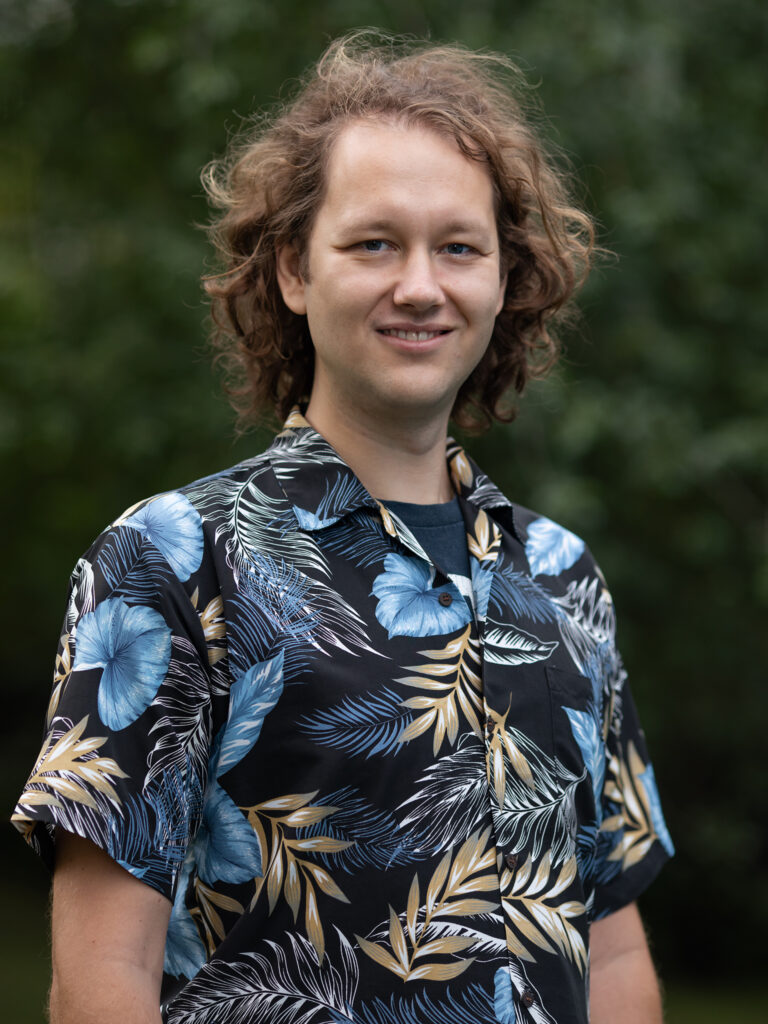
Dr Katalin Hangos, Hungary
Thermodynamical principles in kinetic system models
Kinetic systems form a special class of process systems that obey the laws of thermodynamics. Conservation and the entropy-inspired Lyapunov function candidate determine the most important structural properties (e.g. positivity, structural stability conditions) and help to develop efficient model analysis, control and diagnostic methods for this system class. Besides of kinetic systems with mass action law, the lecture will cover material on extended kinetic systems (delayed kinetic systems and kinetic systems with rational rate functions).

Dr Michal Pavelka, Czech Republic
Multiscale Non-equilibrium Thermodynamics
Multiscale non-equilibrium thermodynamics aims to describe macroscopic systems on various levels of description. An isolated system that is initially in a highly non-equilibrium state with many degrees of freedom gradually passes to states where less degrees of freedom are required to describe the system. Eventually, it approaches a state where the equilibrium thermodynamics applies and which is described by least degrees of freedom. Multiscale thermodynamics provides tools to reduce detailed descriptions to less detailed.
But is there any common structure shared among the various levels of description? The General Equation for Non-Equilibrium Reversible-Irreversible Coupling (GENERIC), which combines reversible Hamiltonian mechanics and irreversible gradient dynamics, seems to be such structure. While a reduced Hamiltonian description is obtained by geometric projection from a detailed one, reduced gradient dynamics is a consequence of loss of information about the system. GENERIC can be actually derived from a more detailed GENERIC, or even from purely Hamiltonian systems, by the lack-of-fit reduction, that minimizes the discrepancy between the reduced and detailed evolution equations. In particular, detailed dynamics of a system can be purely reversible, while the reduced dynamics can be irreversible, just because of our incomplete knowledge about the system. The second law of thermodynamics (growth of entropy) is thus a consequence of our incomplete knowledge of the details.
The GENERIC framework has also implications in numerical methods solving the evolution equations and in machine learning of the evolution equations. For instance, numerical schemes that respect the Hamiltonian structure typically have superior long-time stability. And when our task is to find the model that generates some measured data, machine learning is improved by respecting the anticipated GENERIC structure of the model.

Dr Henning Struchtrup, Canada
Moment Methods and Nonequilibrium Thermodynamics
Nonequilibrium Thermodynamics (NET) aims at developing transport equations for variables that describe the collective behavior of matter, where the transport models must stand in accordance with the laws of thermodynamics. This is well established for local thermodynamic equilibrium (LIT). For instance, gas flows at low resolution (i.e., small Knudsen numbers) are well described by the Navier-Stokes-Fourier (NSF) equations, where the variables are the local fields of mass density, velocity, and temperature. As one becomes interested in higher resolution, e.g., when studying microflows or shock wave structures, NSF fails, and a more refined description is required. Here, one might consider microscopic descriptions as offered by Molecular Dynamics (MD), or by the Boltzmann equation of Kinetic Theory (KT). While both provide rather accurate descriptions, the associated computational effort is substantial since individual particle behavior is tracked. The description of collective behavior in NET is far more efficient, but for processes beyond LIT one faces the problems of identifying the variables required for the process description as well as constructing their equations.
My research in this area centers on systematically developing equations for moments of the distribution function as approximations of the Boltzmann equation and similar kinetic equations. Here the necessary variables are identified from scaling arguments based on Knudsen number, and due to the approximative character thermodynamic structure is approximated, but not necessarily strictly enforced. This presentation will give an overview on methods, equations, and results, including interesting rarefied gas flows, the study of nonequilibrium evaporation based on the Enskog-Vlasov modification of the Boltzmann equation, and efforts to embed moment equations into the GENERIC structure.
